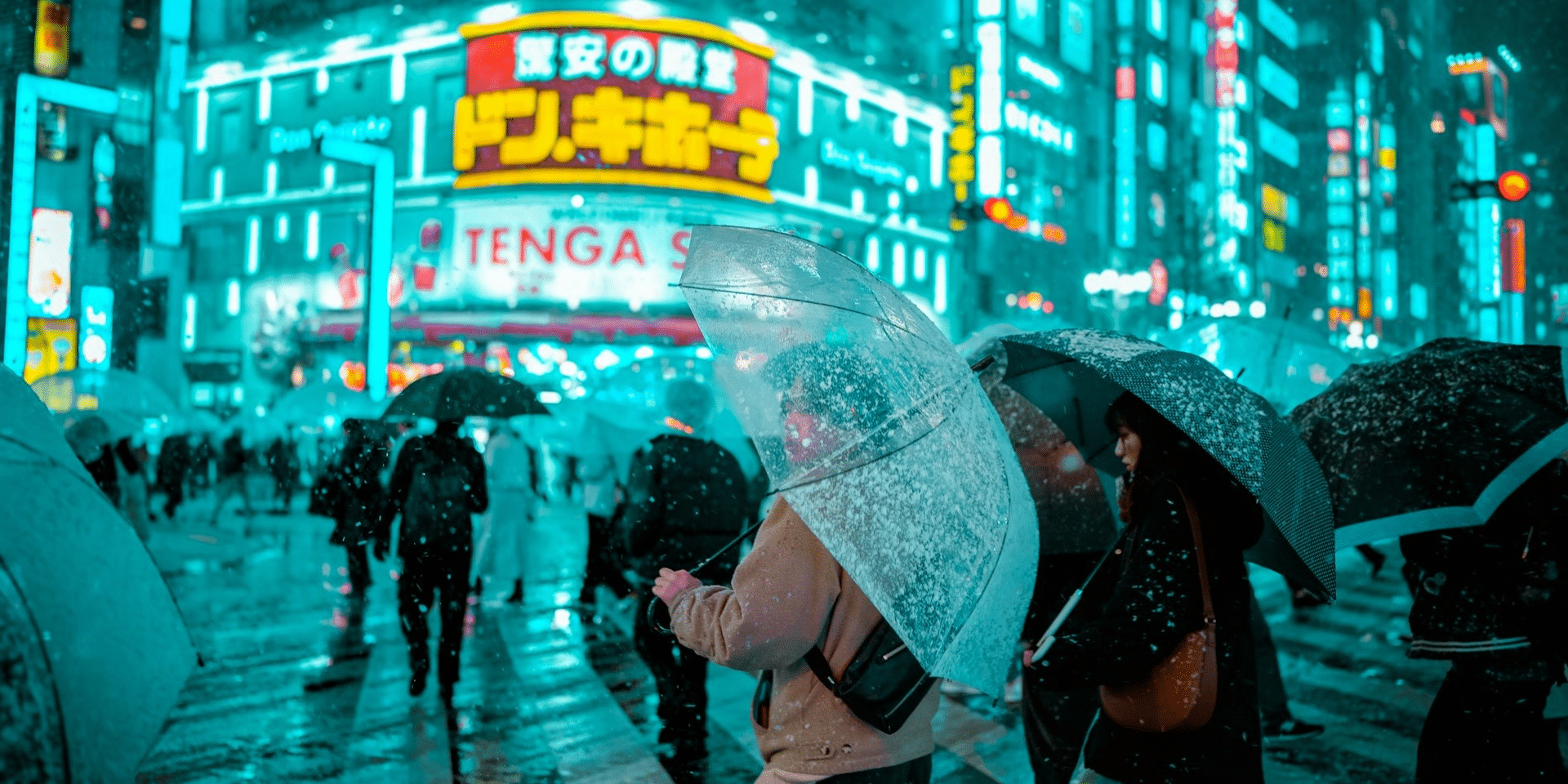In recent years, viewers of film and television have noticed a recurring trend: many futuristic scenes are set in Asian cities. From towering skyscrapers to bustling streets filled with neon lights, Asian cities have become synonymous with the vision of the future in the entertainment industry. But why are filmmakers and producers increasingly turning to Asia for their futuristic shots? In this article, we’ll explore the reasons behind this trend and why Asian cities are the go-to choice for creating the futuristic landscapes of tomorrow.
The Aesthetic Appeal
One of the primary reasons filmmakers choose Asian cities for futuristic shots is the aesthetic appeal they offer. Cities like Tokyo, Seoul, and Shanghai are renowned for their unique blend of traditional architecture and cutting-edge modernity. The futuristic skyline of these cities, characterized by sleek skyscrapers, futuristic architecture, and vibrant cityscapes, provides the perfect backdrop for depicting a technologically advanced and visually stunning future world. The juxtaposition of ancient temples and futuristic skyscrapers creates a sense of timelessness and otherworldliness that captivates audiences and immerses them in the world of the film or television show.
Technological Innovation
Asian cities are often at the forefront of technological innovation and urban development, making them ideal settings for futuristic narratives. Countries like Japan and South Korea are known for their advancements in robotics, artificial intelligence, and smart infrastructure, which align perfectly with the futuristic themes commonly explored in film and television. Filmmakers can draw inspiration from real-life technological developments and incorporate them into their storytelling, creating a sense of authenticity and plausibility in their futuristic worlds. Additionally, the futuristic architecture and urban landscapes of Asian cities provide filmmakers with a wealth of visually striking locations to bring their vision to life on screen.
Cultural Influence
Asian culture has a significant influence on global pop culture, including the portrayal of futuristic themes in film and television. The popularity of Japanese anime, Korean dramas, and Chinese science fiction literature has helped shape the global perception of Asia as a hub of innovation and imagination. Filmmakers often draw inspiration from Asian culture, mythology, and aesthetics when creating futuristic worlds, incorporating elements such as futuristic fashion, martial arts, and philosophical themes into their narratives. By setting their stories in Asian cities, filmmakers can tap into this cultural resonance and appeal to audiences around the world who are familiar with and intrigued by Asian culture.
Economic Growth and Urbanization
Another factor driving the use of Asian cities for futuristic shots is the region’s rapid economic growth and urbanization. Cities across Asia are experiencing unprecedented development and expansion, resulting in futuristic urban landscapes that rival those of Western metropolises. The construction of iconic landmarks, such as the Tokyo Skytree, the Shanghai Tower, and the Lotte World Tower in Seoul, has transformed the skylines of Asian cities and captured the imagination of filmmakers seeking to depict the future. The abundance of modern infrastructure, transportation networks, and high-tech facilities in Asian cities provides filmmakers with the resources they need to create immersive and believable futuristic settings for their productions.
Globalization and Market Appeal
As the global entertainment industry becomes increasingly interconnected, filmmakers are looking to appeal to international audiences by incorporating diverse cultural elements into their productions. Setting futuristic scenes in Asian cities allows filmmakers to tap into the growing popularity of Asian cinema and appeal to audiences in Asia and beyond. Additionally, by showcasing the modernity and dynamism of Asian cities, filmmakers can attract investment and distribution opportunities in the lucrative Asian market, which is poised to become the largest entertainment market in the world. As a result, Asian cities offer filmmakers both creative inspiration and commercial viability when creating futuristic narratives for a global audience.
Asian Cities Captivate Viewers and Tourists Alike
In conclusion, the use of Asian cities for futuristic shots in film and television reflects a combination of factors, including aesthetic appeal, technological innovation, cultural influence, economic growth, and market appeal. From Tokyo to Seoul to Shanghai, Asian cities offer filmmakers a wealth of visually stunning locations and cultural references to create immersive and compelling futuristic worlds. By leveraging the unique characteristics and allure of Asian cities, filmmakers can captivate audiences with their visions of the future and create memorable cinematic experiences that transcend geographical and cultural boundaries. As the entertainment industry continues to evolve, we can expect to see more filmmakers turning to Asia for their futuristic storytelling, further cementing the region’s status as a global powerhouse in the world of film and television.






